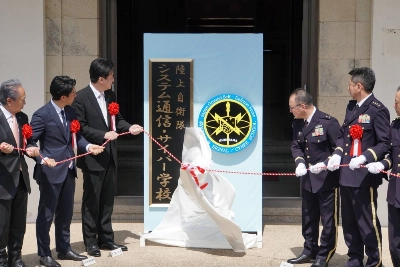Japan has made progress toward a goal outlined in its 2022 National Security Strategy of bringing defense spending to 2% of gross domestic product, the country’s defense chief said, with the defense-related budget for fiscal 2024 expanding to 1.6% of GDP.
Defense Minister Minoru Kihara said late last week that defense-related spending in the fiscal year through March 2025 would total ¥8.9 trillion ($57 billion), approaching the gold standard 2% of GDP level that many Western nations have targeted.
As a percentage of GDP, spending will rise by 0.2 percentage point year on year — though this claim has been complicated by the weakening yen.





















With your current subscription plan you can comment on stories. However, before writing your first comment, please create a display name in the Profile section of your subscriber account page.